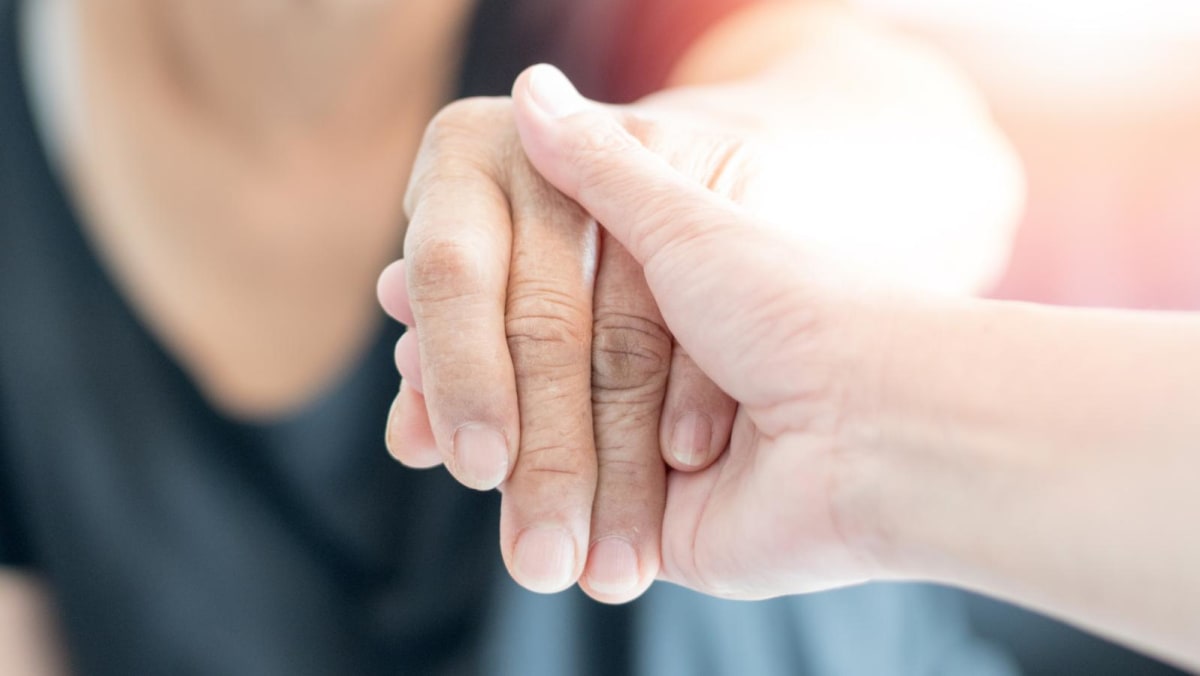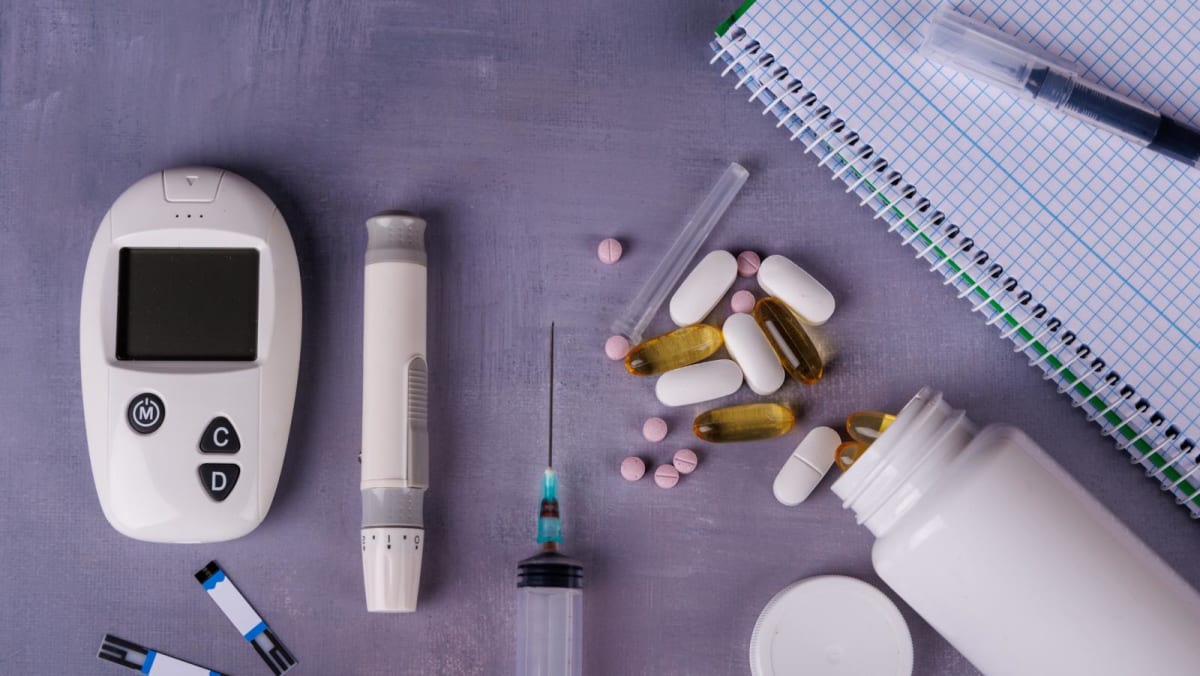Crying is a quintessential human experience. Claire Danes does it. Kim Kardashian does it. Even Michael Jordan does it. And no matter how long it has been since you last shed a tear, there is no doubt that you’ve done it, too.
Other species produce tears, but ours is the only one that scientists believe consistently cries not just to lubricate and protect the eyeballs, but also to express emotion – like after a breakup, at graduation ceremonies and while watching The Notebook.
While they are one of the few things that make us uniquely human, in many ways, emotional tears remain an enigma. Research has revealed that our emotions are even more complicated than neuroscientists once thought; there is no one area of the brain that’s responsible for feelings of sadness or anger, for instance. And scientists have yet to scan people’s brains to see what happens while they are crying.
Still, some progress has been made to help us understand human tears – to grasp what they’re made of, why we create them (some of us more than others) and why producing them can help us feel better.
THE THREE TYPES OF TEARS
Practically any creature that has eyeballs produces two sets of tears: Basal and reflex. Basal tears keep the eye moist, while reflex tears are meant to protect the eye from irritants like dust.
Humans also shed a third type, fittingly called emotional tears, when they are sad, frustrated, overwhelmed, happy or moved.
All three types of tears are structurally similar in that they are primarily made of water, oils, mucus, antibacterial proteins and electrolytes, said Darlene Dartt, a professor of ophthalmology at Harvard Medical School.
You probably rarely, if ever, notice basal tears, which are released in tiny amounts throughout the day. As they evaporate, the temperature on the surface of the eyeballs drops slightly, which signals that the eyes should produce more basal tears to avoid drying out.
Reflex and emotional tears release more liquid, which is why your eyes well up while you’re chopping onions or why tears stream down your face at a funeral. That extra liquid mainly comes from special tear glands located underneath the eyebrows that are regulated by cells in the brainstem. With reflex tears, nerves in the eyes signal to the brainstem that tears are needed to flush out whatever is irritating them. For emotional tears, scientists think that other parts of the brain activate those brainstem cells to turn on the tear glands.
WHY WE EVOLVED TO CRY
Lots of animals wail in distress. Experts think that they – and we – evolved to do so in infancy as a means of survival. That’s because the animals that cry vocally, namely mammals and birds, tend to rely on a mother or father. A robin chick’s peeps and a goat kid’s bleats are the baby’s main way to solicit care from a parent when it’s hungry, scared or in pain.
But animals don’t shed emotional tears when they cry. And for the first several weeks of their lives, neither do humans. Instead, similar to other animals, newborn babies produce a heartbreaking (and ear-piercing) bawl. Then, sometime in the first month or two, salty fluid starts to fall from their eyes as well.
It’s a bit of a mystery why we started to produce tears while upset, rather than continuing to cry with dry eyes like sloths or bats do.
It’s possible that the act of scrunching up your face to unleash a yowl puts pressure on the eyeballs, stimulating the tear glands, said Ad Vingerhoets, an emeritus professor of clinical psychology at Tilburg University in the Netherlands and one of the foremost experts in human crying. That may be why yawning, laughing and vomiting can lead to tears as well, he added.
Tears may also hold an evolutionary advantage over howls, and as we age, we become more able to cry quietly. While anyone on an aeroplane can hear an infant wail, only those sitting in the seats near you will see tears roll down your cheeks while you watch the opening sequence of Up.
In that way, tears can more subtly alert others nearby to someone’s distress without giving the person away to predators that may be lurking, said Lauren Bylsma, an associate professor of psychiatry and psychology at the University of Pittsburgh.
THE REASONS WE CRY CHANGE AS WE AGE
For the first years of our lives, we mostly shed tears related to our own experiences – a busted knee, a bee sting or a dropped ice cream cone.
That starts to change as we grow older and become more emotionally and socially developed. We cry less in response to physical pain and more over our emotional connections to other people. “Your world becomes greater, so there are more people who become more important for you,” Dr Vingerhoets said.
One of the most common reasons for crying is the absence or loss of a loved one, whether we’re homesick as children, heartbroken in adolescence or grieving a death at any age. We cry over the plights of others, too. These empathetic tears may occur because we are imagining ourselves in other people’s shoes, whether they are friends, strangers or even fictional characters. In fact, this is how scientists study crying: They show people a sad clip from a film and see if it turns on the waterworks.
While sadness is the emotion most typically associated with crying, what many tearful experiences have in common is a sense of helplessness or powerlessness. That feeling of powerlessness often accompanies tears of frustration, and it may even explain the tears some people shed when they feel emotionally overwhelmed, whether from joy, anxiety or awe. In fact, Dr Vingerhoets called helplessness “the core element of crying”, since it harks back to the original evolutionary purpose of tears: Needing assistance or support.
WHY SOME PEOPLE CRY MORE THAN OTHERS
Cliche as it is, the biggest predictor of how often someone cries is gender. Research from around the world has found that women consistently cry more frequently than men.
Much of that difference is likely to be the result of societal pressures and gender norms, experts say. Consider the fact that little boys and girls cry about the same amount, said Jonathan Rottenberg, a professor of psychology at Cornell University. Only over time does a tearful gender gap start to emerge. Part of the reason may be that society largely teaches boys the importance of being tough.
“Boys might inhibit their crying for fear of violating a gender stereotype,” Dr Rottenberg said.
Hormones may play a role as well. The gender gap in crying tends to emerge during adolescence, when sex hormones kick in, and one hypothesis is that testosterone may suppress tears or that swings in oestrogen levels make the crying response more likely. But there is little research on the topic, and one of the few studies that examined the connection between hormones and tears found that, despite commonly held beliefs about premenstrual syndrome, women were not more likely to cry during any particular phase of their cycles.
Certain personality traits appear to influence how much people cry. Highly empathetic people tend to report crying more, as do people who are more neurotic, Dr Vingerhoets said. Then there are things we do to our bodies that increase the odds – namely, drink alcohol and neglect sleep. Doing either can cause people to cry more easily, most likely because they lower inhibition, making it harder to hold back tears.
THE BENEFITS OF A GOOD CRY
Perhaps the longest-running debate among researchers is why crying often makes people feel better.
One of the largest studies to investigate the concept asked thousands of people from around the world about the last time they shed tears. A little over half reported feeling better afterward, almost 40 per cent experienced no difference and 10 per cent said they actually felt worse.
Crying, especially when alone, may serve as a sort of self-therapy. “It forces you to think about whatever you’re crying about,” Dr Bylsma said. “To deal with it cognitively, emotionally, and kind of process whatever that thing is that’s upsetting you.”
People tend to report feeling better if the crying episode was prompted by an issue that could be solved, like a disagreement with a partner, rather than by a situation outside of their control, like the loss of a loved one, Dr Vingerhoets said.
In social situations, the biggest factor influencing how you feel after crying is how the people around you react. People who receive a supportive response, like a hug or validation of their feelings, tend to feel better, while those whose tears are met with anger or ridicule are more likely to feel worse.
This makes sense, as experts think the primary purpose of the tear, no matter your age, is to communicate distress to others. “It is there to signal to others when help is needed and when someone is feeling separated and not attached to care,” Dr Rottenberg said.
The lesson: When someone cries around you, show you’re there for that person. The science says it really does help.
By Dana G Smith © The New York Times Company
The article originally appeared in The New York Times.














